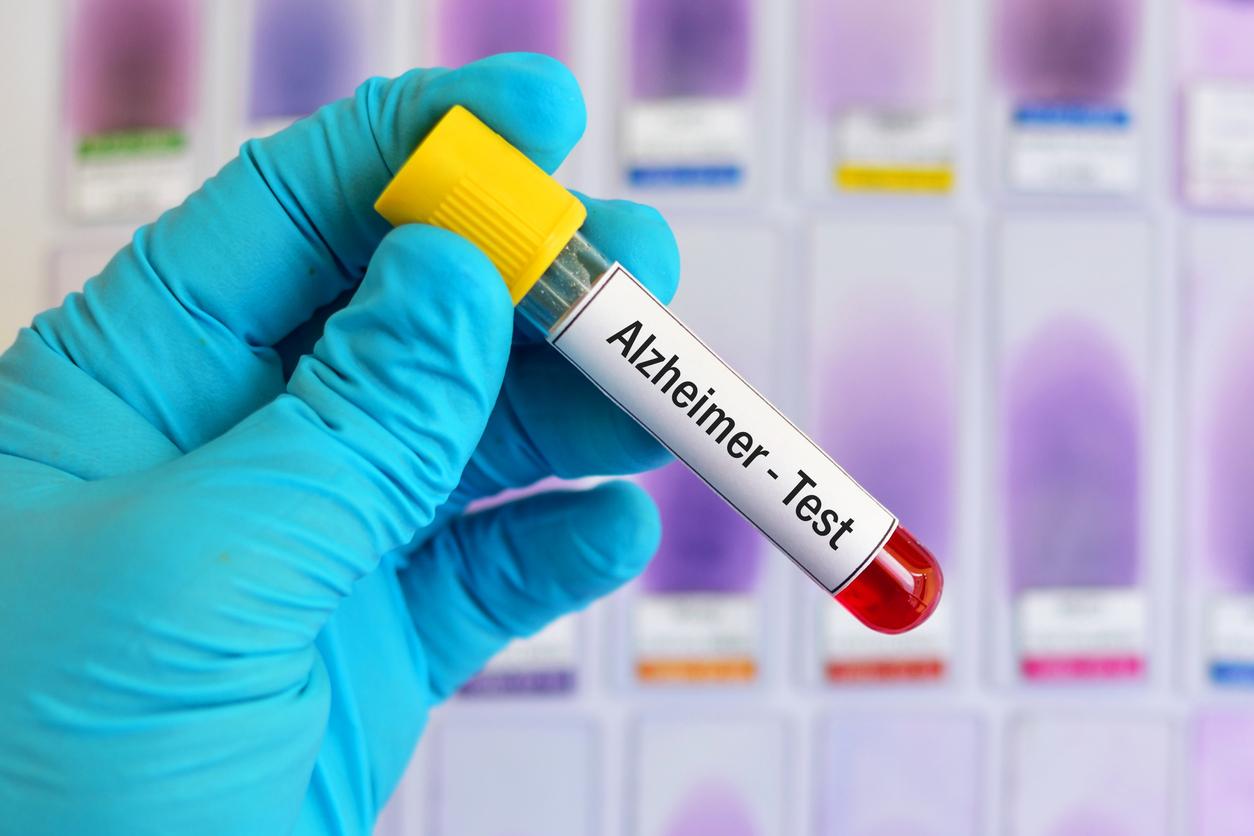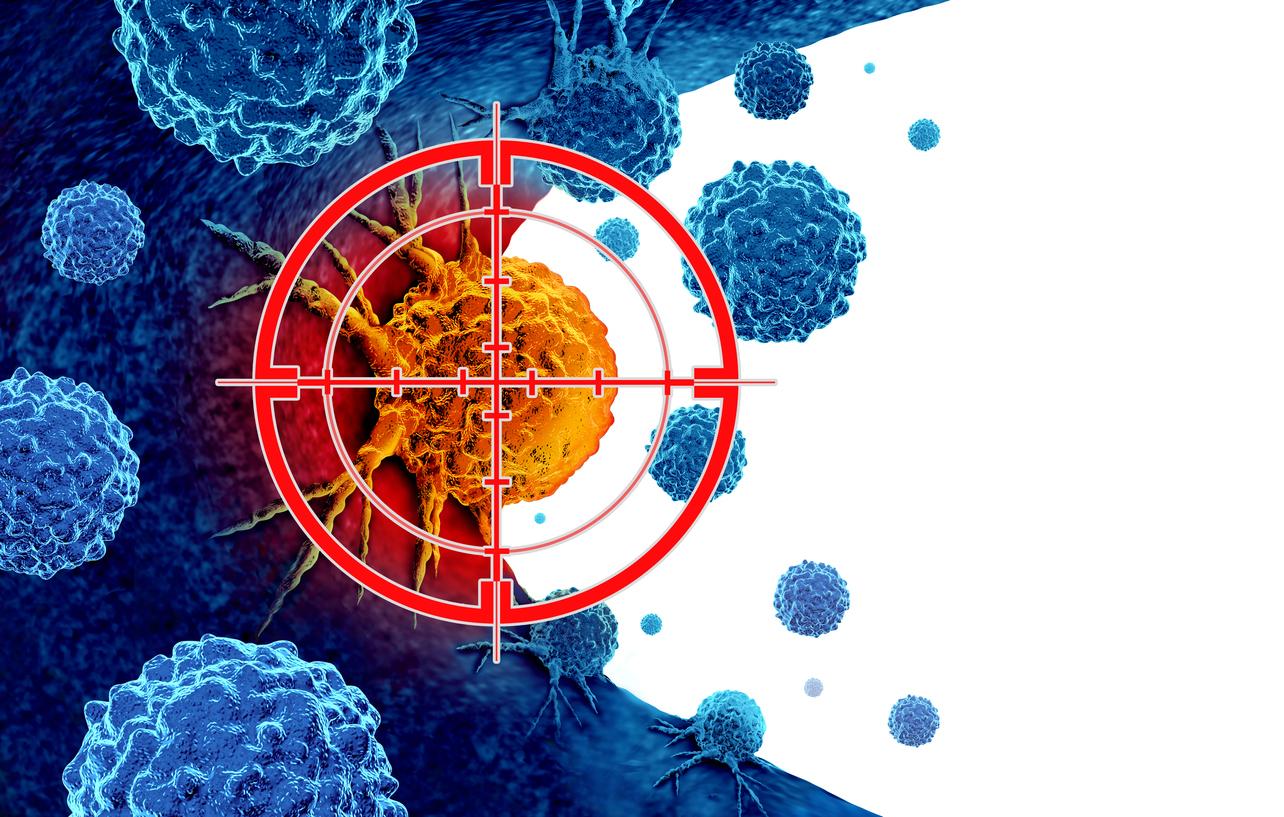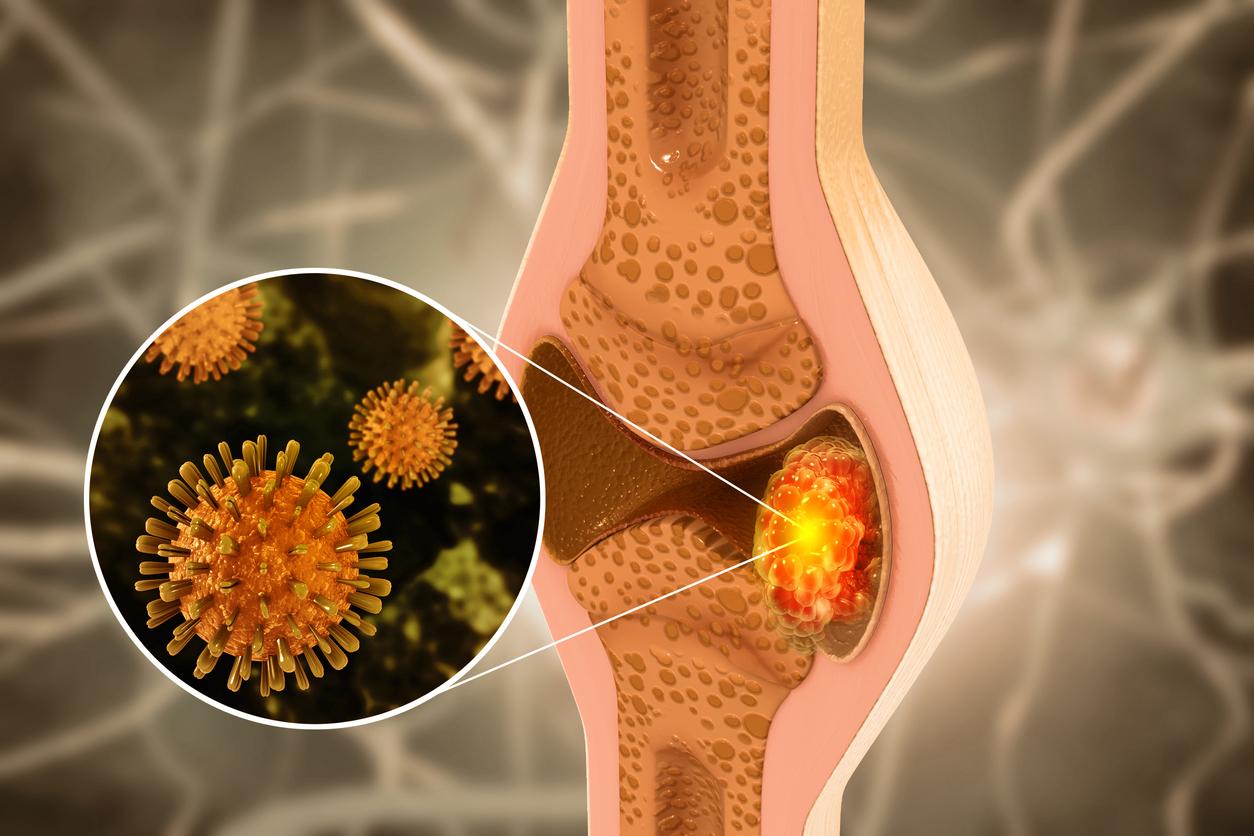Having survived skin cancer caused by two suspicious spots, a 32-year-old Australian testified in the press to warn about the importance of early detection.

“Early detection is vital and only takes 15 minutes.” Traumatized by her skin cancer, Jessica Pasco, a 32-year-old Australian who almost stayed there because of a pimple on her nose and a freckle on her leg, recounts her experience this week in the columns of the DailyMail.
One day in the bathroom, Jessica Pasco sees a slightly brownish pimple appear on the tip of her nose. Remembering the existence of a suspicious freckle on her leg, she decides to go and have everything checked by a general practitioner. The latter then encourages him to undergo surgery in order to remove the tasks for more security. But the stitches don’t hold. “Which is apparently a sign of cancer”, explains the young woman.
Stage 3 melanoma
And for good reason… After undergoing more in-depth medical examinations, the doctors diagnosed him with stage 3 melanoma, the one before the cancerous cells risked spreading in the blood, endangering the patient’s life. But fortunately, the story ends well. Detected in time, Jessica was able to be treated and cared for. However, a 10 cm scar remains visible on her leg, forever reminding her that she did not pass far from death. Very aware of this, the young woman now spends a large part of her time “watching the evolution of her skin” and warning others on social networks against the dangers of the sun.
Detected early, skin cancers are curable in nearly 100% of cases
“I want my example to raise awareness of the importance of early detection of skin cancer. I want to tell women and men alike that they should never neglect the slightest spot that they see appearing on their skin. body”, insists the one who now applies total screen to her skin every day before her makeup.
Each year, 80,000 to 90,000 skin cancers are diagnosed in France and kill more than 1,500 people. Detected early, they can be cured in nearly 100% of cases. But at a more advanced stage, when the cancer has already metastasized, the 5-year survival rate does not exceed 20%. In detail, there are three main forms of skin cancer: melanoma, cutaneous squamous cell carcinoma (CSCC) and basal cell carcinoma (BCC). The first two are high-risk skin cancers. They can spread and kill the affected person. Basal cell carcinoma, on the other hand, most often remains localized on a small part of the skin and is considered “at intermediate risk”.
To spot a suspicious stain, specialists have implemented the ABCDE method. A for asymmetrical: when a task is asymmetrical, it’s rarely a good sign. B for edges: The suspect stain has jagged edges. C for color: its color is not homogeneous. D for diameter due to its diameter greater than 6mm. Finally, E as evolution because a dangerous task evolves quickly, explains the site skincancer.org.
New screening techniques in preparation
If you spot spots like this on your skin, see a dermatologist quickly. The latter can give you a dermoscopy via a device diffusing a polarizing light which makes it possible to visualize certain elements of the skin. The dermoscope can be connected to a camera. The images are then stored in a computer and can be compared with others in order to monitor the evolution of the lesions or the areas of skin examined.
Scientists are also currently working on other screening techniques. Last July, Australian researchers from Edith Cowan University notably created a blood test to detect melanoma. They must now conduct another three-year clinical trial to validate their findings. If these prove positive, they hope to develop a test that could be used by doctors in the near future.

.















